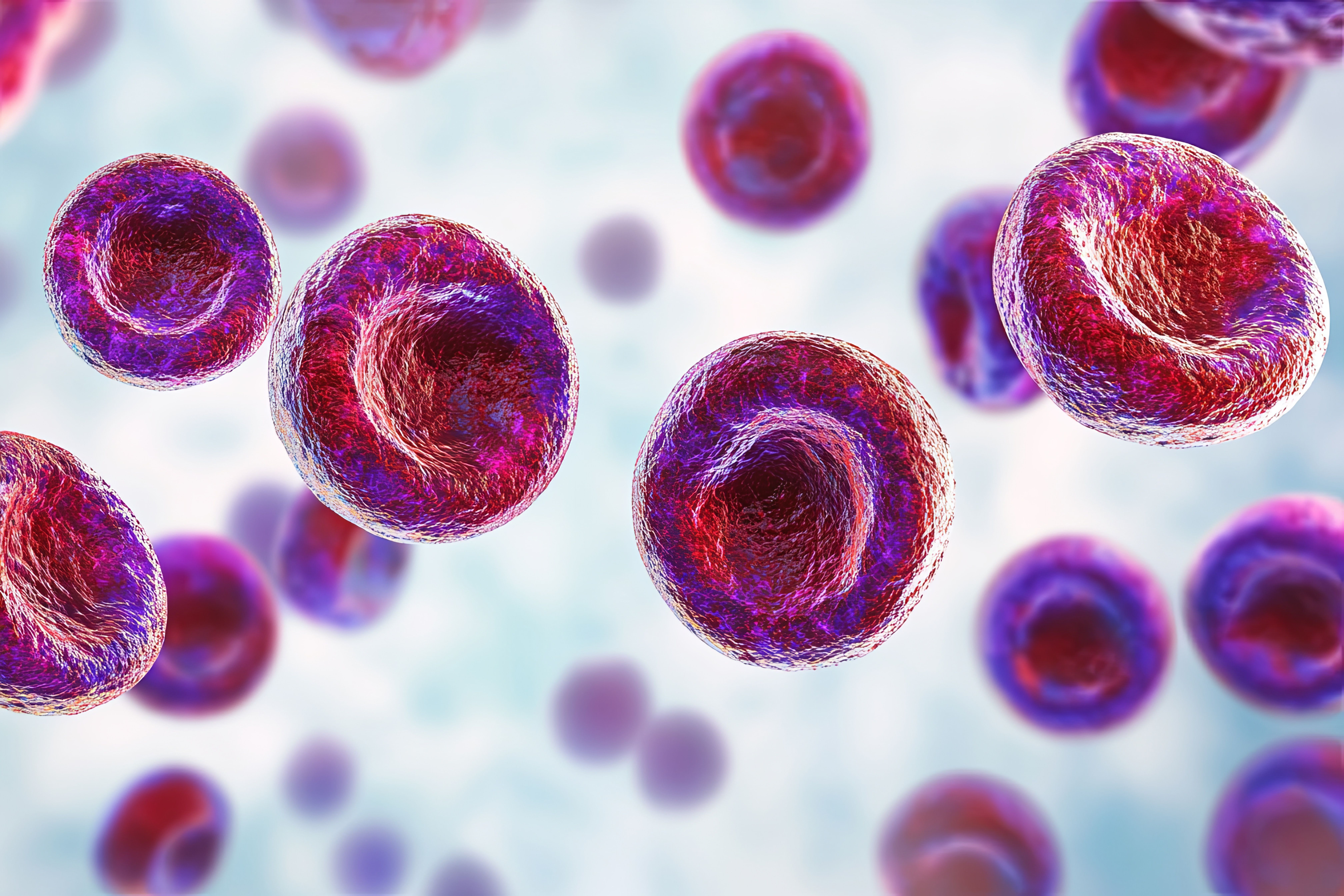Article
Many Popular "Hypoallergenic" Moisturizers Contain Skin Irritants, Fragrances
Author(s):
Consumers spend $2 billion worldwide on body moisturizers each year, but a new study found that many skin-quenching products marketed as hypoallergenic or fragrance free actually contain some of the allergens known to pose a risk of contact dermatitis.
Consumers spend $2 billion worldwide on body moisturizers each year, but a new study found that many skin-quenching products marketed as hypoallergenic or fragrance-free actually contain some of the allergens known to pose a risk of contact dermatitis.
Researchers assessed a database of the 100 best-selling body moisturizers at Amazon, Walmart, and Target, then compared the ingredients of these products to the list of chemicals in the North American Contact Dermatitis Group (NACDG) series. Their analysis was published in JAMA Dermatology.
Of the 174 unique products, lotions made up the largest proportion of the moisturizers at 59%, followed by creams, oils, butters, and ointments. Almost 7 in 10 featured marketing claims on their labels, most commonly “dermatologist recommended,” “fragrance free,” “nongreasy,” “organic,” “natural,” or “pure.” Ten percent were advertised as “hypoallergenic.”
However, the researchers determined that 83% of the so-called hypoallergenic products and 88% of all moisturizers contained at least 1 ingredient from the NACDG series. Furthermore, nearly half (45%) of the products claiming to be “fragrance free” contained at least 1 fragrance or botanical cross-reactor.
Using price data, the study authors found that products advertised as “phthalate free” and “dermatologist recommended” tended to have higher median prices per ounce than products not making such claims. Another factor predicting a costlier product was the type of moisturizing product; lotions were priced lower per ounce than butters, creams, and oils. The most expensive product, a brand-name “hydro boost water gel,” cost $9.51 per ounce, compared with $0.10 per ounce for the lowest-priced product, a store-brand “advanced therapy lotion.”
These findings are “consistent with other studies showing the high prevalence of potential allergens in over-the-counter moisturizers and facial cosmetics,” the researchers wrote. They noted the trend of consumers seeking “organic” and “natural” products, which are not always safer or less likely to cause allergies. In fact, one of the products in the study was advertised as “all natural” but contained 8 ingredients from the NACDG series, the highest of all moisturizers in the analysis.
“For patients with sensitive skin or existing skin conditions, dermatologists should consider balancing the risk of allergenicity and irritancy with affordability, availability, and consumer preferences,” they concluded. “Given the wide number of product choices and inherent challenges in interpreting ingredient lists for consumers, dermatologists may have to provide specific product and manufacturer recommendations to guide patients toward the most appropriate moisturizer.”
An editorial written by Matthew J. Zirwas, MD, of the NACDG was published in the same issue and commended the authors for their “original approach” to describing consumer trends and marketing patterns. However, Zirwas noted that by using the NACDG standards, the researchers set the bar high for products to be considered hypoallergenic, as the list includes some uncommon allergens.
He recommended refining the definition of “hypoallergenic” to exclude products with ingredients that produce an allergic reaction in 1% of patients using a patch test. While the frequency rate of 1% or less may be arbitrary, Zirwas argued that the cutoff has merit for the general population of patients with dermatitis.
“The term hypoallergenic is undoubtedly going to continue to be used for marketing purposes by personal care product companies, so a concrete, practical definition, even if less than perfect, provides helpful, needed guidance,” he concluded.
Newsletter
Stay ahead of policy, cost, and value—subscribe to AJMC for expert insights at the intersection of clinical care and health economics.




